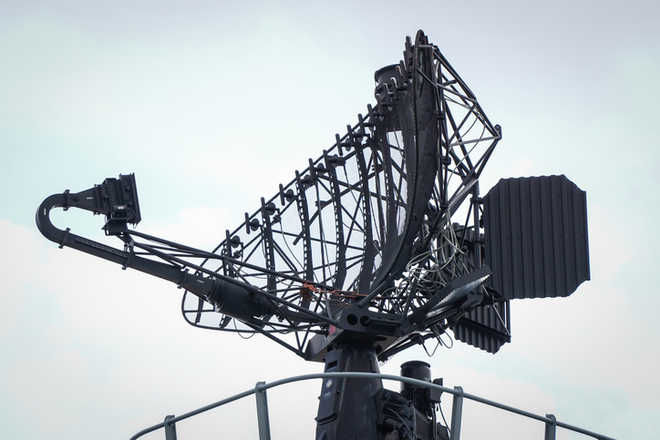
BACK in August 1999, in the aftermath of the Kargil War, the IAF decided to induct low-altitude indigenous radar systems called INDRA (Indian Doppler Radar)-Mk II at one of its premier bases. One afternoon, the Station Commander summoned me to his office. I had barely sat down when he pushed a file towards me and said: ‘Look, this is a piece of paper. Now you have to make a unit out of it as the CO of the first INDRA-II radar of the IAF. All the best. Get going.’
The significance of the responsibility gradually dawned on me. While packing up in the evening, I could see around a dozen Tatra vehicles with mounted antennas and associated systems streaming through the main gate. I had mixed feelings: I was happy to don the new role but wary because I did not know much about the magnitude of the task ahead.
In the next three to four days, I could ascertain the challenges — locating the new systems inside open areas, finding temporary office spaces, pursuing cases for posting of trained manpower, operationalisation for rugged mobility, confirming the technical viability of the new systems that were lying unused with Bharat Electronics Limited, Ghaziabad (BE GAD), for quite a while and equipping them with self-sufficient administrative infrastructure for smooth deployment in remote and inhospitable terrain close to the borders.
Slowly but surely, things started falling into place. BE GAD teams started coming for a technical evaluation to gauge the stated capabilities of the systems and undertaking system modifications as per the Air Force requirements. Manpower started trickling in. Training courses by BE GAD commenced. Administration infrastructure and logistical support came slowly with excellent support from the station to the unit-in-the-making. Soon, the Air Officer Commanding-in-Chief (AOC-in-C) arrived to review the progress on the ground. To recreate a real field set-up, a briefing for him was planned in a tent with the use of white chalk or black Rexine charts hung on a blackboard stand. I was told that the AOC-in-C would not spare more than 10 minutes. On D-Day, the AOC-in-C, accompanied by the Station Commander, was duly ushered in. I walked up to the front for permission to start. ‘No, you can’t start,’ retorted the AOC-in-C, leaving everybody red-faced.
Before I could react, the AOC-in-C lifted the chair next to him, placing it across the table in front. He directed me to that chair: ‘Young man, this is one-to-one with you. Tell me quickly how I can help.’ Gathering my wits, I shared my take on the new format. I listed the glitches one by one. He replied: ‘Yeh Bharatiya hai, apna hai. Test rigorously, improve or improvise to prove it and hold its hand. As the man in the field, you count the most in making it a success story.’ The AOC-in-C gave a clear mandate. The station and the unit never looked back thereafter, honouring the AOC-in-C’s words and vision, overcoming all teething troubles and rolling out a robust system.
